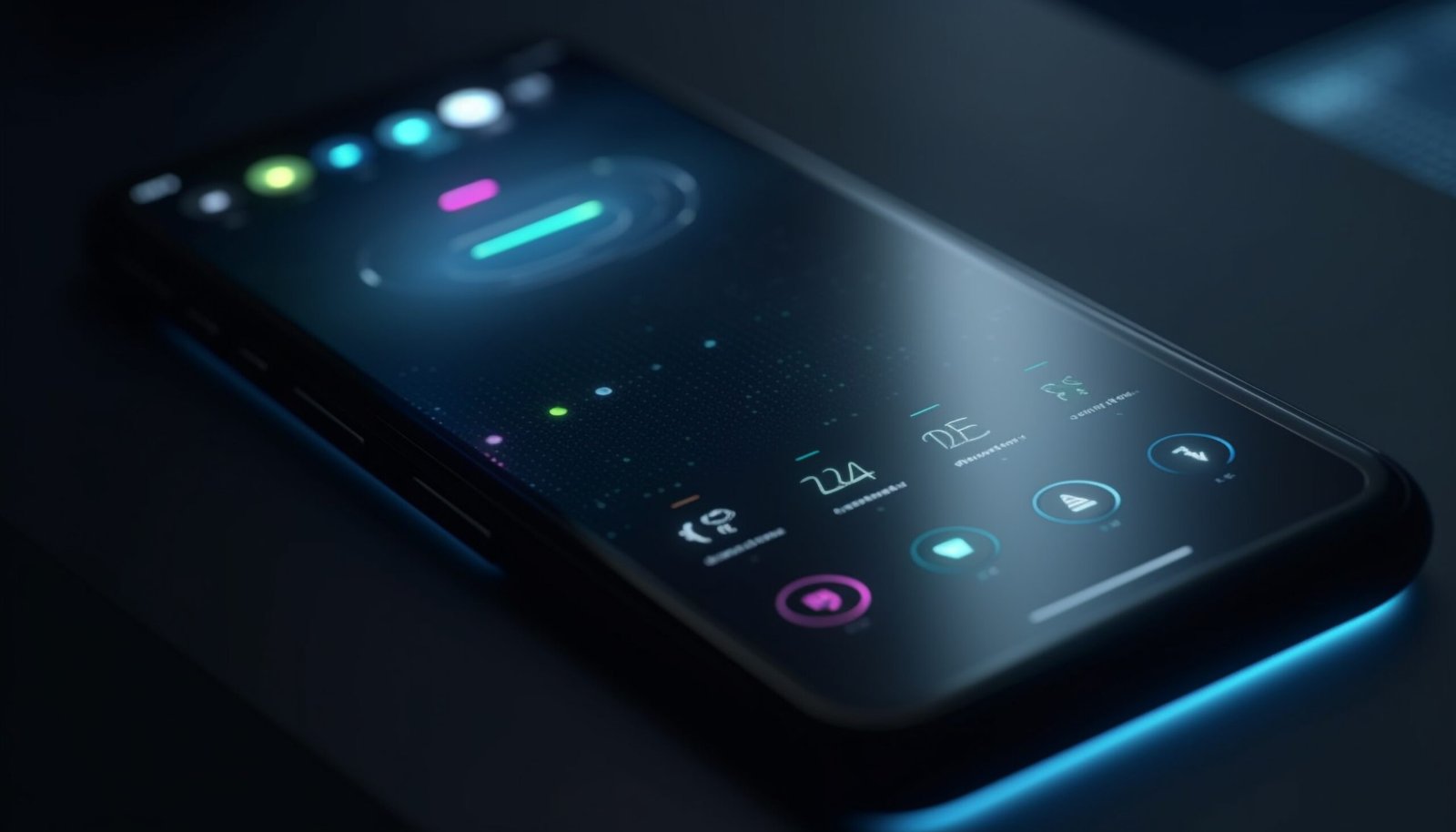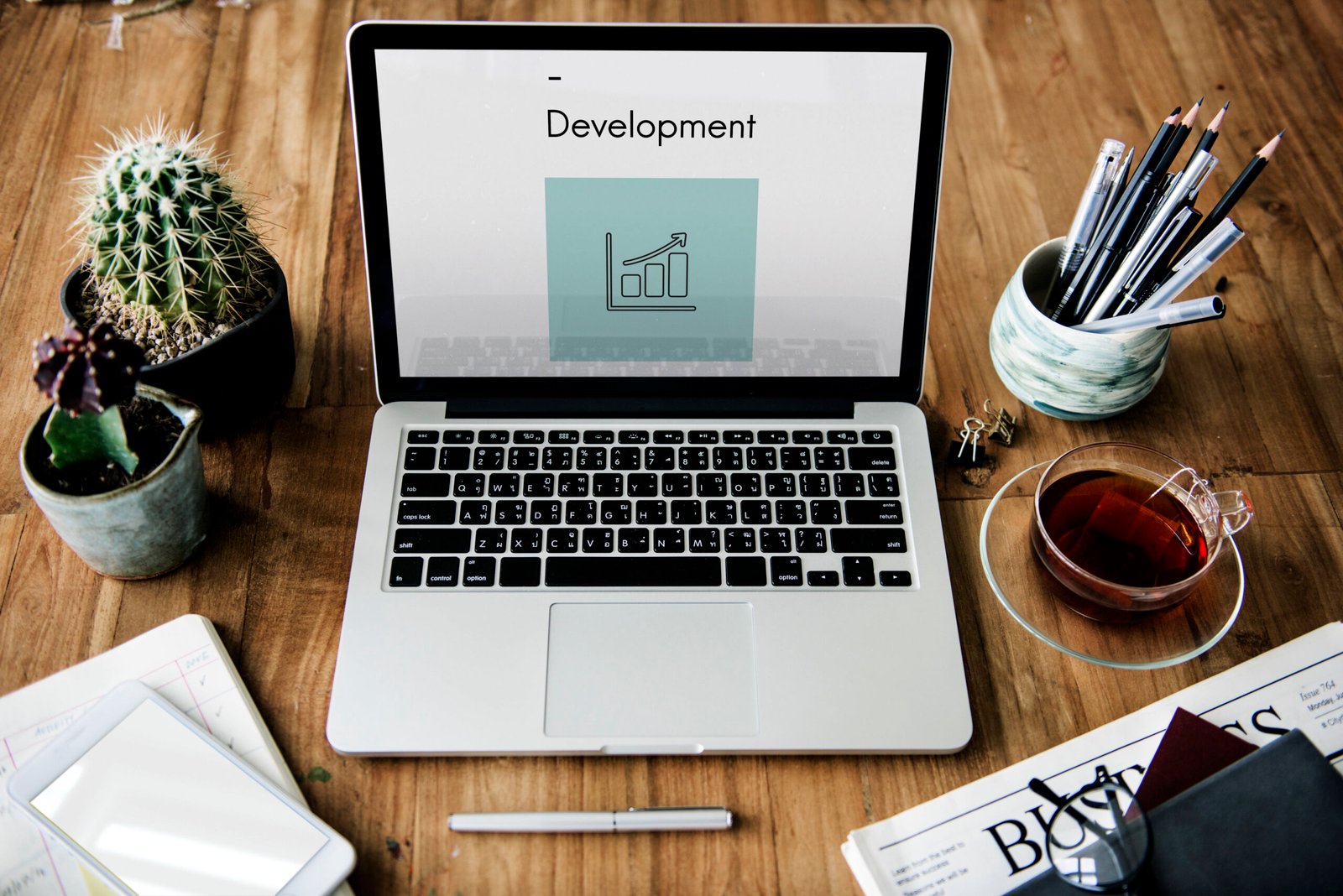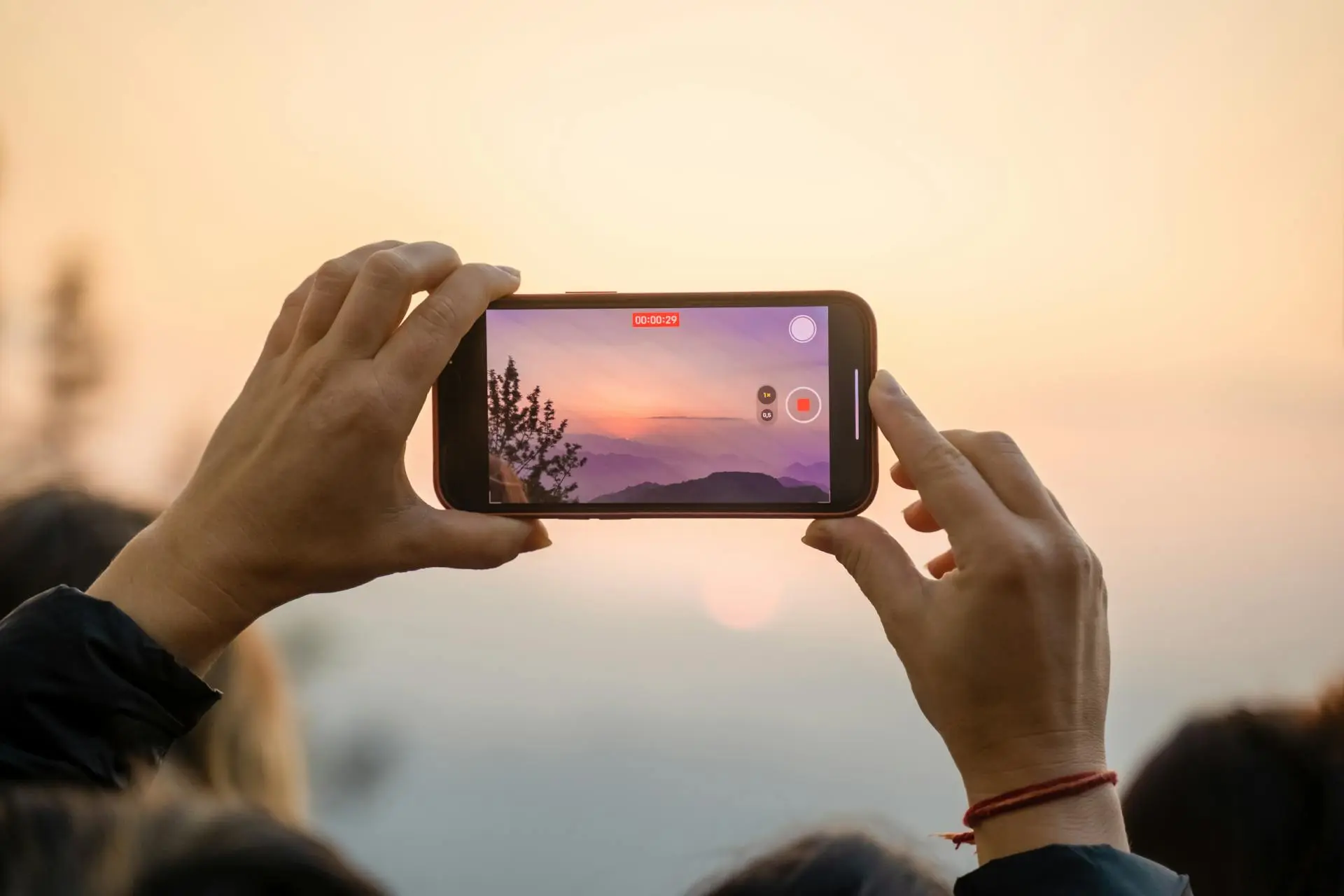The Ultimate Mobile App Buying Guide for Beginners
- 15 min read
- Share

Table of Contents
So, you’re thinking about getting a mobile app made? That’s awesome! But let’s be real, it’s not as simple as just having a cool idea. There’s a lot to think about before you even start coding.
This mobile app buying guide is here to help you figure out all the important stuff, from what problem your app will actually solve to how to close the deal.
We’ll break it down so you don’t end up wasting time and money on something that nobody wants. Let’s get this done right.
Key Takeaways Mobile App Buying Guide
- Figure out what problem your app will solve for users. Don’t just build an app because you can; build it because people need it.
- Decide if you want to go with iOS, Android, or build for both. Each has its own pros and cons, so pick what makes sense for your audience.
- Think about what features are a must-have. Good design (UI/UX), a solid backend, and keeping user data safe are super important.
- Get a handle on the budget. App development can cost a lot, so knowing your numbers upfront is key.
- Finding the right team or developer to build your app is a big deal. Do your homework to find a good partner.

Understanding Your Needs: What Problem Will Your App Solve?
Before you even think about hiring developers or picking a platform, you gotta figure out what your app is actually going to do. Seriously, this is the most important part.
What problem are you trying to solve for people? If your app doesn’t fix something or make life easier in some way, why would anyone download it?
Think about it like this: what’s the main reason someone would open your app instead of just doing things the old way?
Define Your Core Problem
This is where you nail down the central issue your app addresses. Don’t try to be everything to everyone. Focus on one big problem and solve it really well. Ask yourself:
- What specific pain point does my target audience have?
- How does this problem currently get solved (or not solved)?
- What’s the biggest frustration people face with existing solutions?
Trying to solve too many problems at once often leads to an app that’s confusing and doesn’t do any one thing particularly well. It’s better to start focused and expand later.
Identify Your Target Audience
Who are you building this for? Knowing your users is key to making an app they’ll actually want to use. Consider:
- Demographics: Age, location, income, education level.
- Psychographics: Interests, values, lifestyle, attitudes.
- Behavior: How do they currently try to solve the problem you’re addressing? What other apps do they use?
Understanding your audience helps you tailor the app’s features and design to their specific needs and preferences.
For example, if you’re targeting older adults, you’ll want larger fonts and simpler navigation than if you’re targeting tech-savvy teens.
Outline Your App’s Unique Value Proposition
So, you know the problem and who you’re solving it for. Now, what makes your app special? Why should someone choose yours over a competitor or the status quo? This is your unique selling point.
Think about:
- What benefits does your app offer that others don’t?
- How will your app make users’ lives better, easier, or more enjoyable?
- What’s the core reason someone will keep coming back to your app?
Getting this right is super important for mobile app development success. It’s what makes your app stand out in a crowded market.
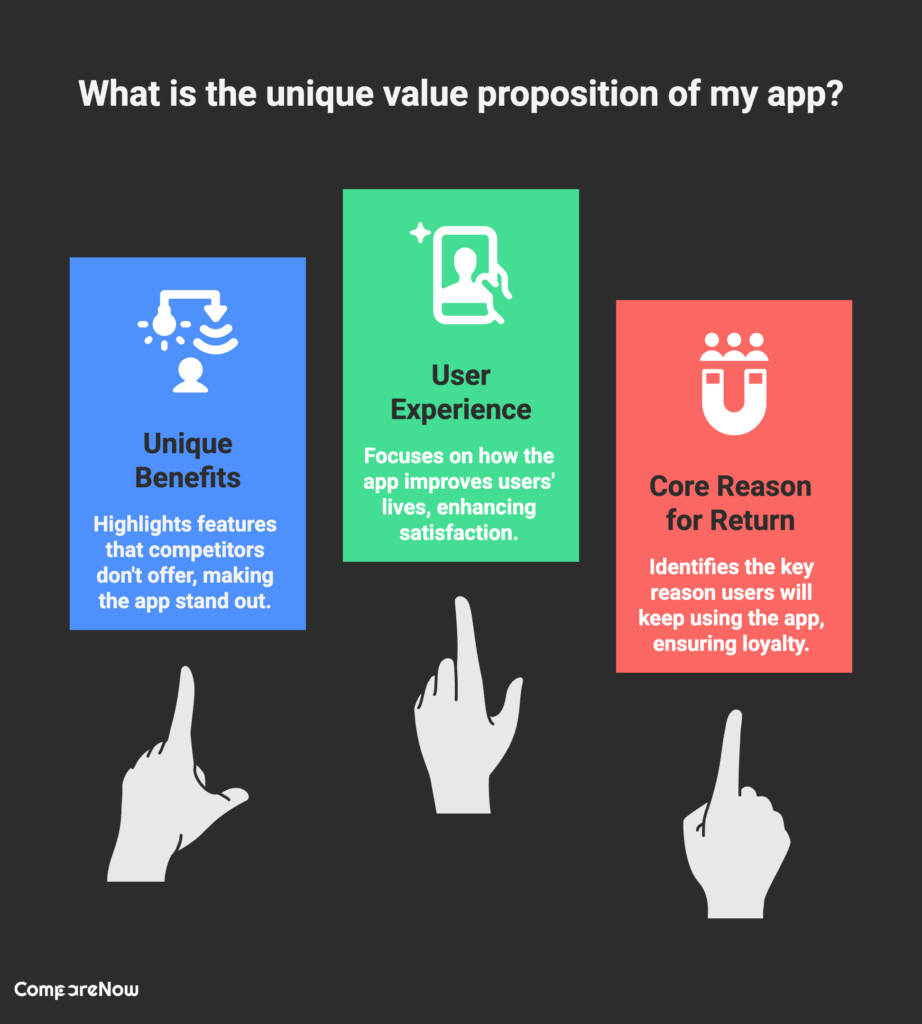
Platform Choice: iOS vs. Android vs. Cross-Platform
So, you’ve figured out what your app is supposed to do. Awesome! Now comes a big decision: where will it live? We’re talking about the platforms – basically, the operating systems your app will run on.
The main players are iOS (that’s Apple’s world) and Android (Google’s big thing). You can also go for a cross-platform approach, which means building it once and having it work on both.
Each has its own vibe and set of advantages.
iOS: The Apple Ecosystem Advantage
Building for iOS means you’re targeting iPhones and iPads. Apple’s users tend to spend more on apps and in-app purchases, which can be a nice perk.
Plus, the design guidelines are pretty strict, which often leads to a really polished and consistent user experience across apps.
If your target audience is generally more affluent or you’re aiming for a premium feel, iOS might be your starting point. The development tools are solid, and the user base is generally loyal.
Android: The Open-Source Powerhouse
Android has a much larger global market share. Think of it as the open-source option – more freedom, more device variety, and a wider range of price points for users.
This means your app could reach a massive number of people. However, the sheer variety of Android devices can make testing and ensuring a smooth experience a bit more complicated.
You’ll need to think about different screen sizes, hardware capabilities, and versions of the Android OS. It’s a great choice if you want broad reach.
Cross-Platform: Reaching Both Audiences Efficiently
This is where you write code once and deploy it on both iOS and Android. Frameworks like React Native or Flutter make this possible. It’s often faster and cheaper than building two separate native apps.
You get to tap into both user bases without doubling your development effort.
However, sometimes cross-platform apps might not feel quite as native or might have a slight delay in accessing the very latest platform-specific features.
It’s a smart way to get your app out to more people quickly, especially if you’re watching your budget.
You can explore the advantages and disadvantages of building cross-platform mobile applications to see if it fits your project.
Choosing the right platform is like picking the right neighborhood for your business.
You want to be where your customers are, but you also need to consider the environment and how easy it is to operate there.
Key Features to Consider for Your Mobile App
So, you’ve got this killer idea for an app. Awesome! But before you start sketching out screens, let’s talk about what actually makes an app tick.
It’s not just about looking pretty; it’s about being functional, secure, and easy to use. Think of these as the building blocks that’ll make or break your app’s success.

1. User Interface (UI) and User Experience (UX)
This is where your app meets the user. UI is all about how the app looks – the colors, the buttons, the layout. UX, on the other hand, is about how it feels to use the app.
Is it intuitive? Can someone figure out how to do what they need without a manual? A clunky or confusing interface will send users running for the hills, no matter how great your app’s core function is.
You want users to enjoy interacting with your app, not fight with it. Think about making things easy to find, clear to understand, and generally pleasant to click on.
It’s about making the whole experience smooth and maybe even a little bit delightful.
2. Backend Infrastructure and Scalability
This is the stuff happening behind the scenes. It’s the server, the database, the APIs – all the techy bits that make your app work. You need a solid backend that can handle your users and their data reliably.
More importantly, you need to think about scalability. What happens when your app suddenly gets super popular? Can your backend handle a surge in users, or will it crash and burn?
Planning for growth from the start means you won’t have to do a massive, expensive overhaul later.
It’s like building a house with a strong foundation that can support an extra floor if you decide to add one down the line.
3. Security and Data Privacy
In today’s world, people are rightly concerned about their personal information. Your app needs to be secure.
This means protecting user data from hackers and making sure you’re compliant with privacy regulations like GDPR or CCPA. Not taking security seriously can lead to massive fines and a total loss of user trust.
You need to think about things like secure login methods, encrypting sensitive data, and being transparent with users about how you collect and use their information.
It’s about building trust and showing your users that you respect their privacy.
A good starting point for understanding the importance of thorough examination before committing to a purchase is through careful due diligence.
Budgeting for Your Mobile App Development
Okay, let’s talk about the money part. Building an app isn’t cheap, and you really need to have a solid handle on costs before you even start thinking about design.
It’s not just about the initial build, either. You’ve got to think about planning, design, development, getting it out there, and then, importantly, marketing it.
Running out of cash halfway through or, worse, right after launch is a super common way for apps to fail.
1. How Much Will It Actually Cost?
This is the million-dollar question, right? The truth is, it varies wildly. A simple app with basic features might cost anywhere from $10,000 to $50,000.
But if you’re looking at something more complex, with custom features, integrations, and a slick design, you could easily be looking at $50,000 to $250,000 or even more.
It really depends on what you want your app to do.
2. Key Cost Factors to Keep in Mind
- Complexity of Features: More features, especially custom ones, mean more development time and cost.
- Platform: Developing for iOS and Android separately is usually more expensive than going cross-platform, but sometimes it’s worth it for performance.
- Design (UI/UX): A really polished and intuitive user experience takes time and skilled designers, which adds to the bill.
- Backend Development: If your app needs to store data, manage users, or connect to other services, the backend can be a significant cost.
- Testing: Thorough testing is non-negotiable. Skipping this can lead to costly bugs and unhappy users later.
- Maintenance and Updates: Apps aren’t a one-and-done project. Once it’s live, you’ll need to keep it updated with new features, security patches, and compatibility improvements as operating systems evolve. Regular maintenance helps keep your app running smoothly and your users happy.
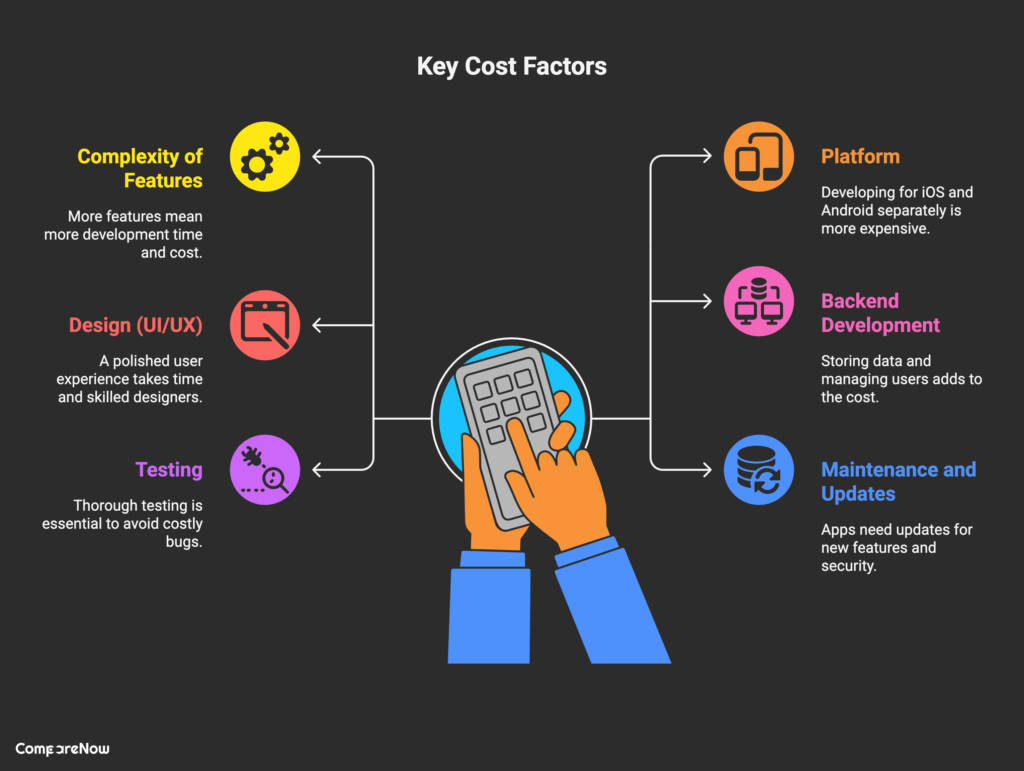
Choosing the Right Development Partner or Team
So, you’ve got this killer app idea, and you’ve figured out what it’s going to do and who it’s for. Awesome.
Now comes the big question: who’s actually going to build this thing? This is a pretty big deal, honestly.
The people you pick can totally make or break your app. It’s not just about finding someone who can code; it’s about finding the right fit for your project and your style.
1. Who Will Build Your App?
First off, you need to decide if you’re going to build this thing in-house or if you’ll hire an outside company or freelancer. If you’ve got a team already, maybe they can handle it.
But if not, or if your team isn’t really into app building, you’ll need to look elsewhere. Either way, do your homework before you commit.
You don’t want to end up with a half-finished app or something that looks like it was made in a hurry.
2. Key Skills Your Team Needs
No matter who you hire, they’ll need a solid set of skills. Think about what your app actually needs. Is it super visual? Then you’ll want a killer UI/UX designer.
Is it complex with lots of data? You’ll need some serious backend and database folks. Generally, you’re looking for:
- Developers: The folks who actually write the code. They should know the right programming languages for your chosen platform and be up-to-date on things like cloud stuff and security.
- Designers: These are your UI/UX wizards. They make the app look good and feel intuitive to use. A clunky interface can turn users off fast.
- Product Managers: Someone needs to keep the whole project on track, manage the vision, and make sure everyone’s on the same page. They’re like the conductor of the orchestra.
- QA Testers: You absolutely need people who can find bugs before your users do. Thorough testing is key to a polished product.
Picking the right people is like choosing the right ingredients for a recipe. Get it wrong, and the whole dish can be ruined. You want folks who know their stuff and are excited about your project.
3. What to Look For in a Partner
When you’re looking at outside help, check out their past work. Do they have apps similar to yours in their portfolio? What do their clients say?
Look for a team that communicates well and seems to understand your goals. It’s also smart to think about how they handle problems.
Things will go wrong during development, and you need a team that can handle it without freaking out. Make sure they have a clear process for app comparison tools and can explain their tech choices.
Don’t be afraid to ask tough questions about their development process and how they ensure quality.
The Development Process: From Concept to Launch and Beyond
So, you’ve got this awesome app idea, and you’ve figured out the nitty-gritty of what it should do and who it’s for. Now comes the part where we actually build the thing.
It’s a journey, for sure, but totally doable if you break it down. Think of it like building a house – you don’t just start hammering nails; there’s a whole process.
1. Concept Validation and Market Research
Before you even think about code, you gotta make sure your idea is actually wanted. This means doing some digging. Talk to potential users, see what they think.
Also, check out what else is out there – who are your competitors? What are they doing right, and where are they falling short? Understanding the market helps you figure out if your app has a real shot.
It’s better to find out now if your idea needs a tweak than after you’ve spent a ton of cash.
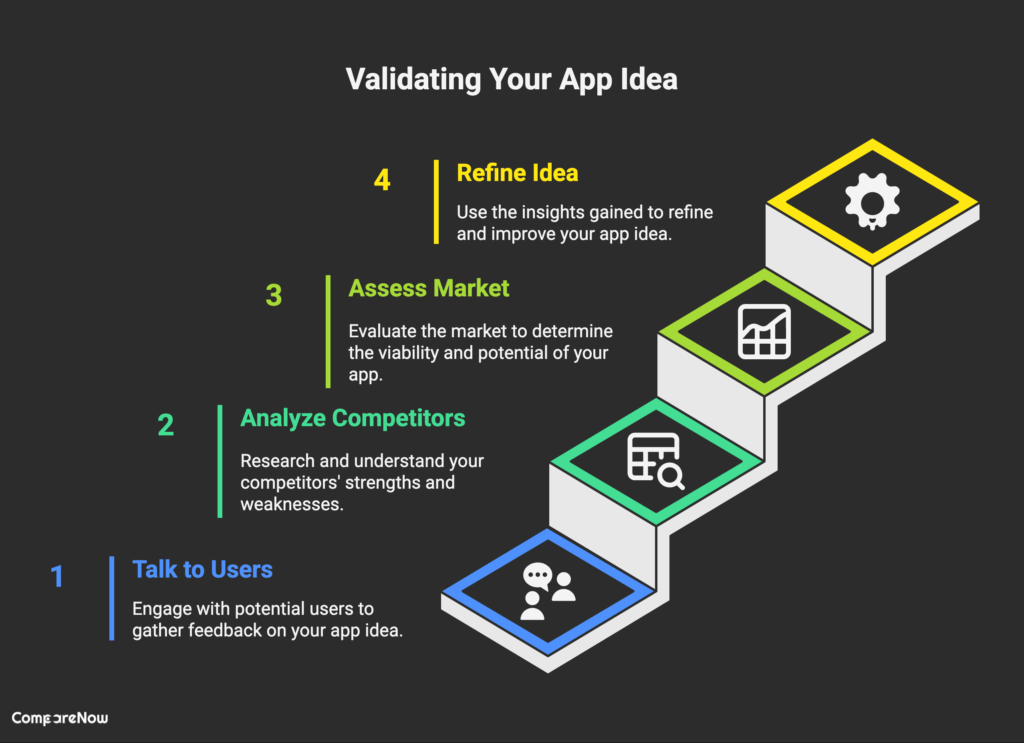
2. Defining Goals and Use Cases
Once you know your idea is solid, it’s time to get specific. What are the main things your app needs to do? List out the 3-4 most important goals.
Then, think about how users will actually use the app to achieve those goals. Don’t try to make it do everything for everyone right away.
Focus on a core set of features that solve a specific problem for a specific group of people.
This is where you start thinking about your Minimum Viable Product (MVP) – the simplest version of your app that still provides value.
3. Monetization Strategy
How are you going to make money from this thing? Whether it’s paid downloads, in-app purchases, subscriptions, or ads, you need a plan.
This isn’t just about making a quick buck; it’s about making sure your app can stick around for the long haul. Think about what makes sense for your users and your app’s purpose.
4. Choosing Your Tech Stack and Team
Now we get into the technical stuff. What programming languages will you use? What kind of database? Will it be native iOS, native Android, or cross-platform?
This decision impacts everything from development time to cost and performance. And just as important is the team building it.
You need good designers, developers, and testers. A solid team is key to turning your vision into reality. If you’re not building a web app or mobile app yourself, this is where you pick your development partner.
5. Design and Prototyping
This is where your app starts to look and feel like something. Good design isn’t just about making it pretty; it’s about making it easy and enjoyable to use.
Focus on user experience (UX). Create wireframes and mockups to visualize the app’s flow. Then, build a prototype – a clickable version of your app – to test out the user journey.
Get feedback on the prototype early and often. It’s way easier to change a design on a screen than to change it after the app is built.
6. Development and Testing
With a solid design and prototype, the actual coding begins. This is usually the longest phase. Developers build out the features, connect the backend, and make everything work.
Throughout this process, testing is super important. You need a plan to test everything – functionality, usability, performance, security.
Catching bugs early saves a lot of headaches later. Keep refining your testing strategy as the app evolves.
7. Launch and Post-Launch
Finally, it’s time to launch! But the work doesn’t stop there. You need a plan for getting your app into the app stores and letting people know it exists.
After launch, the real learning begins. Collect user feedback, look at analytics, and figure out what’s working and what isn’t.
This data is gold for planning updates and future features. Your app is a living thing; it needs ongoing care and attention to stay relevant and useful.
The development process is iterative. Expect to go back and forth, refining features and fixing issues based on testing and user feedback. It’s not a straight line, but a cycle of building, testing, and improving.
Bringing an app to life is an exciting journey, from the first spark of an idea all the way to its grand launch and beyond. We guide you through every step, making sure your creation shines.
Ready to share your app with the world? Visit our website to get started!
So, What’s the Takeaway?
Alright, so we’ve walked through a bunch of stuff, from figuring out if your app idea is even worth it to making sure it actually gets used.
Remember, most apps get ditched after one try, usually because they just don’t hit the mark for people.
That’s why doing your homework on who you’re building for and what they actually need is super important.
Don’t just build something because you can; build something that solves a problem. It’s a lot of work, sure, but skipping these steps is how people waste serious cash and end up with apps nobody wants.
Take your time, follow the plan, and you’ll have a much better shot at creating something awesome that people will actually use.
Latest Blogs
Related Blogs
- Written by Tamara
- Written by Tamara
- Written by Tamara
- Written by Tamara
- Written by Tamara
- Written by Tamara
- Written by Tamara
- Written by Tamara
- Written by Tamara
- Written by Tamara
- Written by Tamara
- Written by Tamara
- Written by Tamara
- Written by Tamara
- Written by Tamara
- Written by Michal
- Written by Michal
- Written by Michal
- Written by Michal








